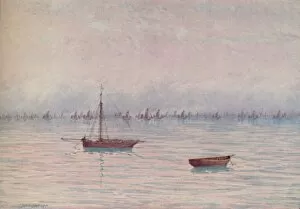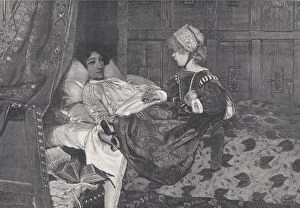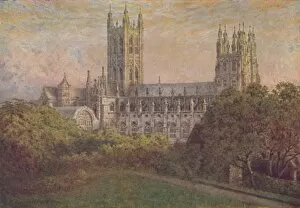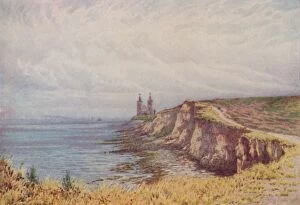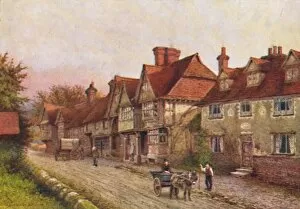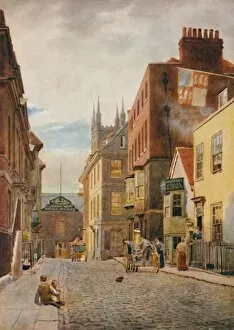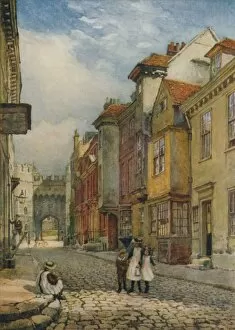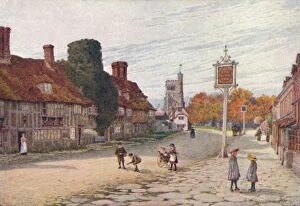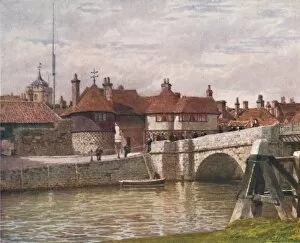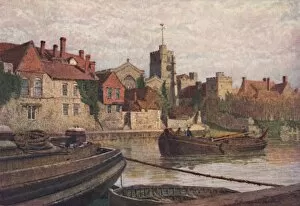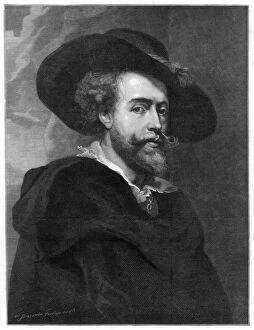William Biscombe Collection
William Biscombe Gardner was a talented artist known for his stunning landscapes and architectural illustrations
For sale as Licensed Images
Choose your image, Select your licence and Download the media
William Biscombe Gardner was a talented artist known for his stunning landscapes and architectural illustrations. In 1910, he captured the beauty of a fishing fleet in one of his masterpieces. The vibrant colors and intricate details bring the scene to life, transporting viewers to a bustling harbor filled with hardworking fishermen. Another notable work by Gardner is "Always Welcome, " featured in the "Illustrated London News" in May 1888. This heartwarming illustration depicts a warm reception as people eagerly greet their loved ones returning home. It serves as a reminder of the joyous moments shared with family and friends. Gardner's artistic skills were not limited to capturing human interactions; he also excelled at portraying grand structures like St. Paul's Cathedral during its rebuilding process in 1897. Although created by an unknown artist, this piece showcases Gardner's ability to convey historical significance through his detailed brushstrokes. One of Gardner's most famous portraits is that of The Right Honorable W. E Gladstone from the late 1880s. With meticulous attention to detail, he captures Gladstone's commanding presence and intellectual prowess, making it evident why this painting has stood the test of time. Gardner had an affinity for capturing religious architecture as well, such as Canterbury Cathedral in 1910. Through careful composition and skillful use of light and shadow, he brings out the majesty and spiritual essence embodied within these sacred spaces. In another breathtaking landscape titled "The Cliffs at Reculver, " painted in 1910, Gardner transports us to nature's raw beauty along England's coastline. His mastery over color creates an ethereal atmosphere that invites viewers to immerse themselves fully into this serene setting. Venturing further into nature-inspired artistry, Gardner paints "A View in the Pennines" using bold strokes that evoke both tranquility and awe-inspiring grandeur found amidst rugged mountainscapes.

